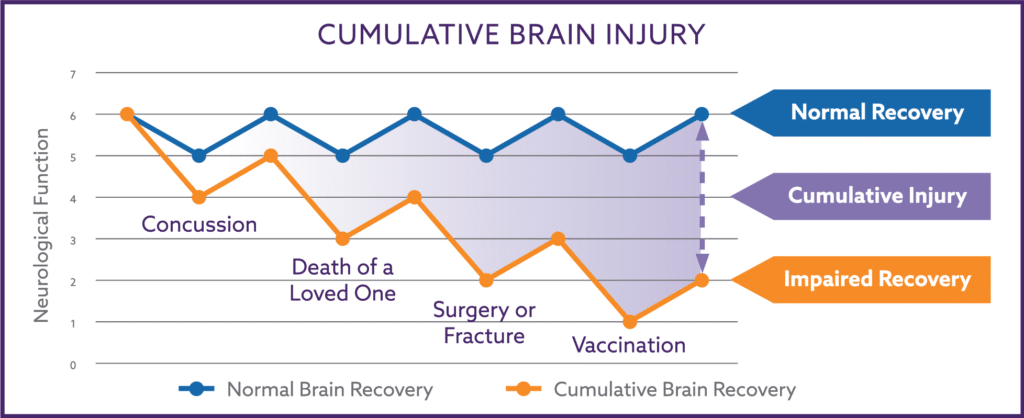The American Protein Experience
The burning of human muscle between meals to release the stored amino acids is a common process that happens to every one of us and is quite normal. The problem with this arises when we don’t eat enough protein through the day, thereby exposing the body to extended periods of muscle breakdown to obtain the amino acids essential for our metabolism.
Most American’s daily diet has so little protein that many of us have less muscle than we should because we eat too little and what we do eat is not distributed throughout the day. Most of our dietary intake of protein occurs during one meal of the day, often dinner. Your body can only process so much protein at any given time. Eating more than 30-40 grams of protein at a meals simply results in the excessive protein being converted fatty acids and stored in the body as fat, not protein.
Scientific studies show that eating as much as 20-30 grams of protein per meal, three times daily can significantly improve a person’s muscle mass. This has the resulting benefit of increased energy and stamina, improved balance without even exercising.
To put this in perspective, the average person should eat 20-30 grams of protein for breakfast and lunch. That is a significant change from most of our breakfast routines considering an egg is only 6-7 grams of protein. It is equal to the amount of protein in an average-sized chicken breast or medium-sized piece of steak or pork chop.
The Food Pyramid and the American Diet
If we need so much more protein than we are getting, why does the food pyramid place protein just below the top most rung where it seems to represents a smaller amount than protein?
The short story is that the food pyramid was constructed with the concept of providing the least amount of protein to meet minimal standards of growth. It was based on the science of animal husbandry and is the same concept ranchers use to cost-effectively fatten thier cattle without spending excessive money on cattle feed.
So the fundamental concern of the food pyramid was how to adequately feed a large portion of the American population as cheaply as possible. Since protein tends to be the most expensive food source it is recommended sparingly and has been given the smallest share of importance. It was not designed for optimal nutrition of the population.
As a food source, protein is a relatively expensive commodity and the USDA designed the food pyramid with the focus on minimizing the effects of malnutrition for the population at large.
Science is rapidly teaching us that the minimal amounts of protein recommended by the USDA are just that, the minimum amounts required to prevent malnutrition. The optimal amounts and intake of protein continue to be clarified by scientific studies and as of present, we know that many of us are not eating enough or are not getting the most out of the protein we eat because we are eating too much at one sitting.
Click here to subscribe to Dr. N’s Health Thru Nutrition Blog

